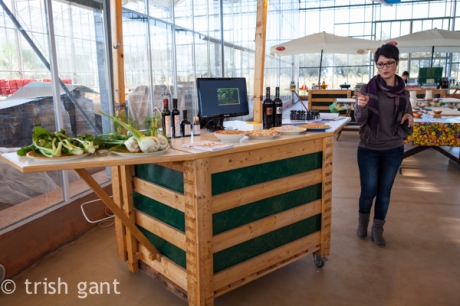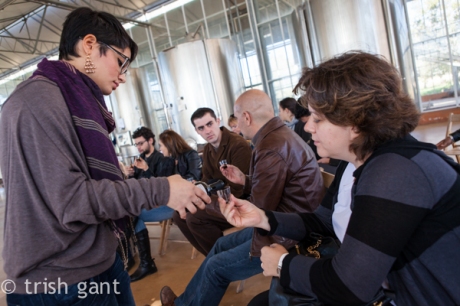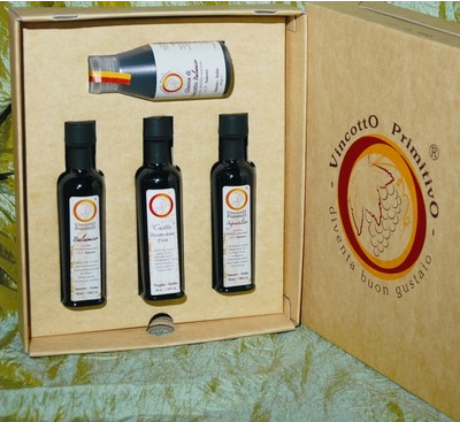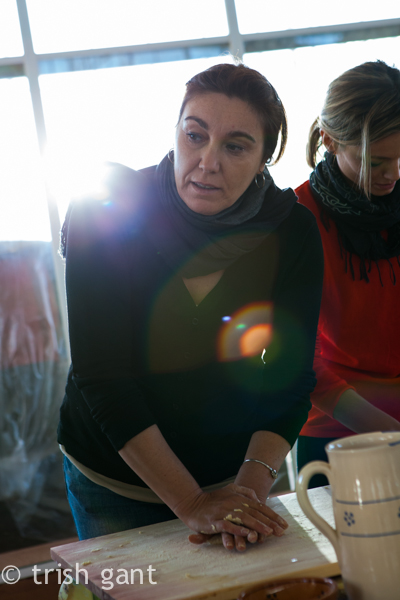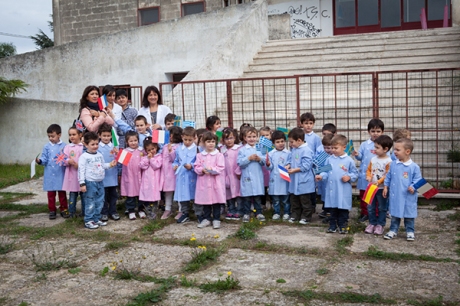


With only 4 hours to visit the largest horticultural show in the UK, I was hard pushed to get round it all. Following the Edible Bus Stop’s crew through each stage of the build via Twitter and Facebook, I was determined to hit their installation first and wasn’t disappointed.

It was a large plot replicating the original Edible Bust Stop community project site in Landor Road, Stockwell. It was as though they had picked it all up and whizzed it through the air like Dorothy’s house in the Wizard of Oz. The amount of work that must have gone into it was staggering. They had thought of every little detail, actually laid a real road. A large graffiti’d wall, brightly painted served as a backdrop to an old derelict red phone box and a replica of the bus stop itself stood proudly at one end embellished with the words EDIBLE BUS STOP.
Inspired by the violent events of last Summer 2011, EBS wanted to create a controversial, thought provoking offering, illustrating the benefits of green spaces in cities and the way plants, when left to their own devices, reclaim and soften harsh city-scapes. Will Sandy, one of four EBS founding members is a landscape architect and passionate about the built environment while Mak Gilchrist, ex-model, has levered her extensive contacts book to raise their profile. In fact, it was Mak who sourced all of the ‘props’ for the show arranging support from many sponsors.


Essentially, the Edible Bus Stop is an educational programme, bringing the joy of planting to all people. Through their open days, kids learn about planting seeds and where food comes from, turning derelict plots of land into vibrant lynchpins, bonding communities together.
One lady passed by with her friends and said: “Eurgh…I don’t think that Mum would like this….” very loudly. But surely she’s missing the point? This is the future of gardening. Cutting edge stuff.
Links:
Web: www.theediblebusstop.org
Twitter: @EdibleBusStop
Facebook: The Edible Bus Stop.
Planting List:
Carpinus Betulus (Hornbeam), Sambucus Nigra ( Common Elder), Buddleja Davidii, Kerria Japonica ‘Plentiflora’, Rubus Fructicosus (Common Blackberry), Rubus Idaeus (Common Raspberry), Verbena Bonariensis, Alchemilla Mollis (Lady’s Mantle), Digitalis Purperea ( Foxglove), Leucanthemum Vulgare (Ox Eye Daisy), Valerian Officinalis, Centranthus Rubber (Red Valerian), SElene Dioica (Red Valerian), Silene Dioica (Red Campion), Achemilla Millefolium (Yarrow), Rhinanthus Minor ( Yellow Rattle), Vicia Cracca (Tufted Vetch), Prunella Vulgaris (Selfheal), Sanguisorba Minor (Salad Burnet), Plantago Lacneolata (Ribwort Plantain), Lychnis Flos-Cuculi (Ragged Robin), Hypericum Perforatum ( Perforate St.John’s Wort), Malva Moschata (Musk Mallow), Ranunculus Acris ( Meadow Buttercup), Centaurea Nigra (Lesser Knapweed), Gallium Verum (Lady’s Bedstraw), Geranium Pratense, Primula Veris (Cowslip), Hypochaeries Radicata (Cat’s Ear), Lotus Corniculatus (Bird’s Foot Trefoil), Stachys Officinalis (Betony), Hedera Helix (Common Ivy), Urtica Dioica (Nettle), Rumex Acetosa (Dock Sorrel), Borago Officianalis, Agrostis Capillaris (Common Bent), Cynosurus Cristatus ( Crested Dogtail), Festuca Rubra (Slender Creeping Red Fescue), Phleum Bertolonii (Smaller Cat’s Tail).
Sponsors:
Brett Paving, London Pleasure Gardens, Veolia, Paramount Paving, Lafarge, Treebox, Abacus Insurance, BSW Timber Group, Trueform (Bus Stop), Folio (Hornbeam Tree), Lindum Turf (Wildflower Turf), Vital Earth (Organic Soil), Yum Cha Drinks (Wildflowers), Will Trickett Boats (Fabrication of Double Yellow Bench).



